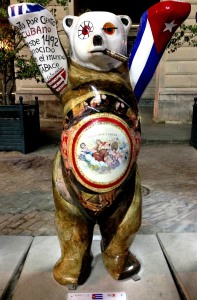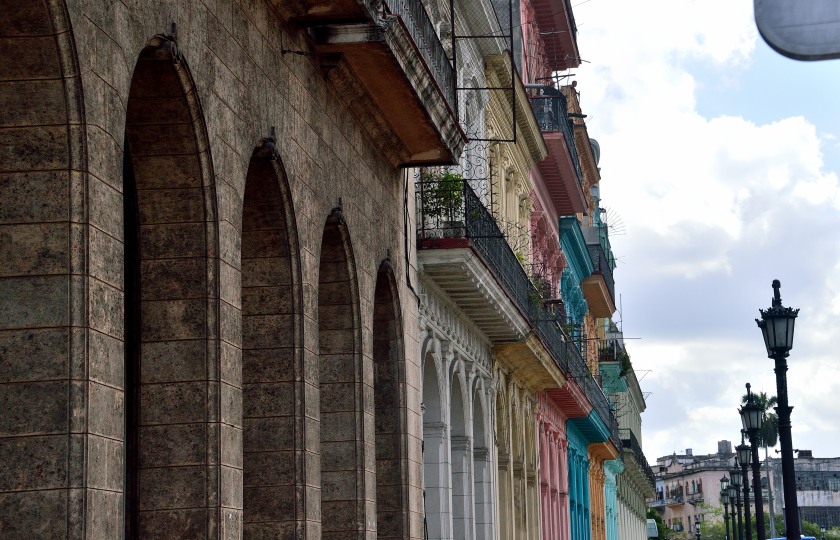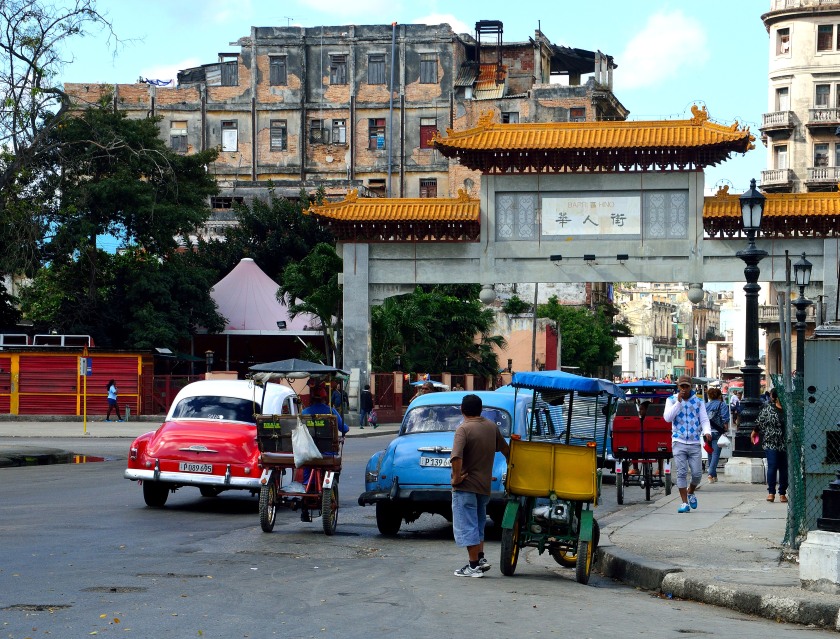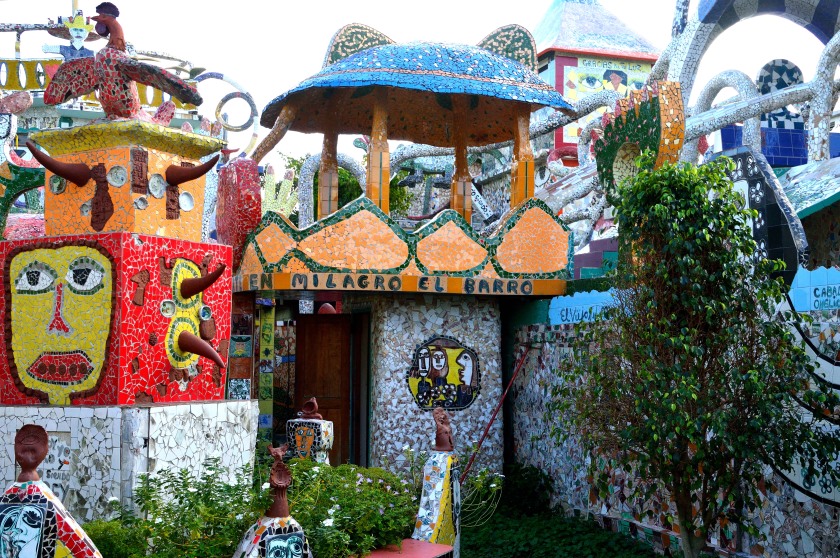“We have to get to know each other better, it makes us understand one another better, trust each other more, and live together more peacefully”
– Motto for the United Buddy Bears, an international art exhibition promoting peace among nations.
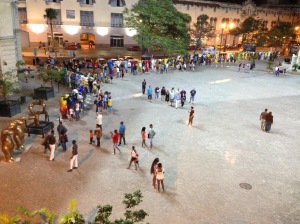
We were very fortunate to be in Cuba when the United Buddy Bears were being displayed at the San Francisco de Asis Plaza in Havana. The brightly painted fiberglass bears represent the over 140 countries recognized by the United Nations and are designed to promote peace, tolerance, and international understanding. They stand hand to hand to represent the people, culture, history, and landscape of the different countries, not the political systems.
The design on each bear was created by an artist from the individual countries and, no matter how large or small, or rich or poor each country is, they have the same size bear and are equal in standing. It was interesting to see how the various artists choose to represent their country – many were quite beautiful, some (including Cuba’s) were a little humorous, and others inspiring. All were fascinating.
The bears were first exhibited in Berlin in 2002/2003, before moving on to Austria in 2004. They have now been shown in over 23 countries, including Hong Kong, Japan, Australia, Egypt, Israel, Argentina, and India.
In March, the United Buddy Bears leave Cuba for their next destination, Santiago de Chile. I tried to determine if they were scheduled for a stop in the United States, but was unable to find anything. I hope they will not only be displayed here, but will also be embraced with the same generous, open-hearted spirit they have found elsewhere.
